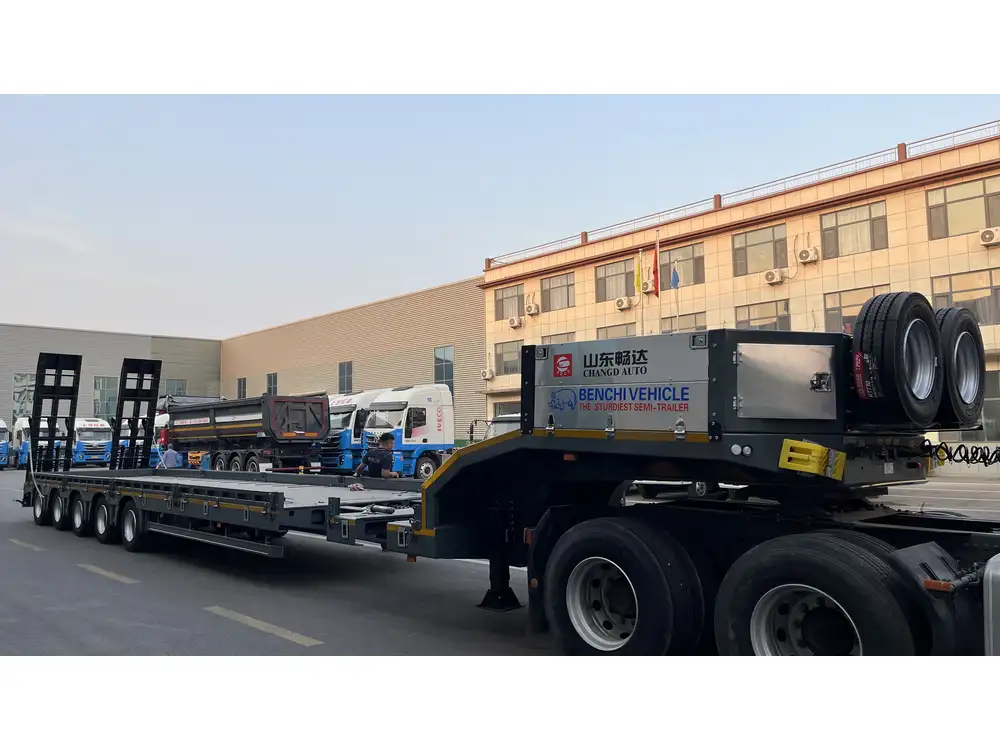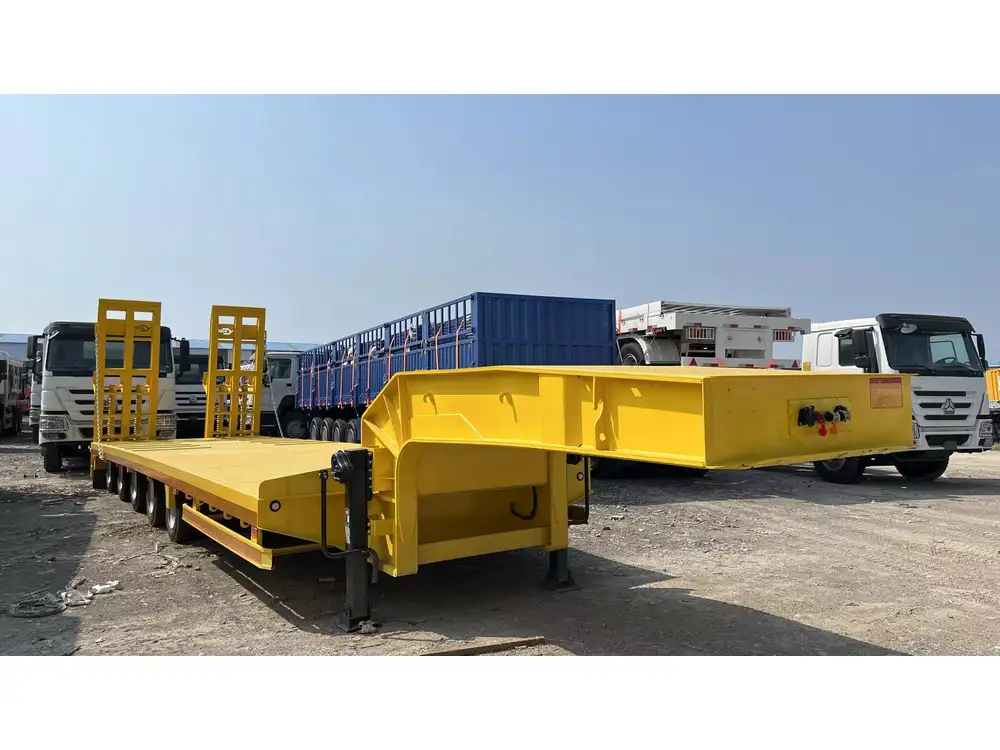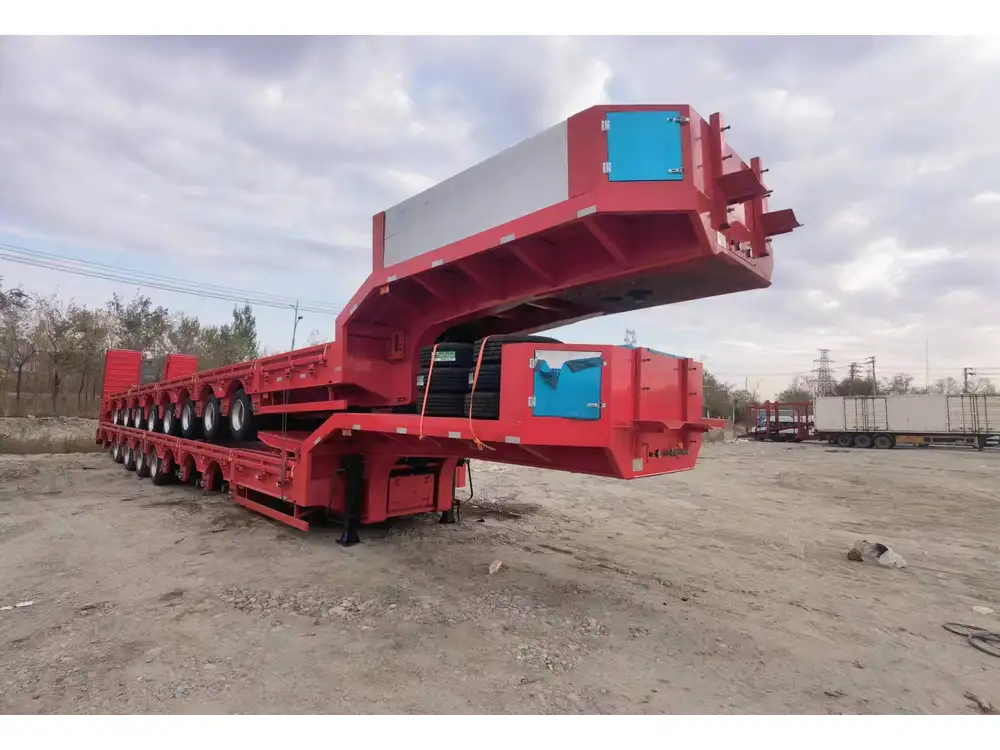Creating a carpool bumper trailer fitted with a dump bed involves several intricate steps. In this guide, we will explore comprehensive, detailed methodology that ensures effectiveness and safety in the fabrication process. This document serves as a definitive resource for those interested in building custom trailers that cater to a variety of transportation needs.
Understanding the Components of a Carpool Bumper Trailer
What is a Carpool Bumper Trailer?
A carpool bumper trailer is a peripheral transport device, often utilized for transporting materials and equipment while being towed by a vehicle. Typically featuring a sturdy build, it includes a hitch mechanism, structural frame, wheels, and (in this case) a dump mechanism enhancing usability in agricultural, construction, or recreational environments.

Key Components
- Frame: The backbone of the trailer, usually made from durable steel or aluminum.
- Axles: They provide structural integrity and facilitate movement; selection depends on the load requirements.
- Wheels/Tires: Chosen for their compatibility with the trailer’s intended load and road conditions.
- Hitch Mechanism: Allows the trailer to attach securely to a vehicle.
- Dump Bed Mechanism: Facilitates the unloading of contents, usually powered by hydraulic or gravity-based systems.
- Braking System: Essential for safety, particularly for larger trailers.
Table: Components Breakdown
| Component | Material | Function |
|---|---|---|
| Frame | Steel/Aluminum | Provides structural support |
| Axles | Steel | Supports wheels and distributes weight |
| Wheels/Tires | Rubber/Polymer | Facilitates movement |
| Hitch Mechanism | Steel/Aluminum | Secure attachment to the towing vehicle |
| Dump Bed Mechanism | Steel | Enables material unloading |
| Braking System | Hydraulic/Mechanical | Ensures safe operation |
Step-by-Step Guide to Fabricating a Carpool Bumper Trailer with a Dump Bed

Step 1: Design and Planning
The foundation of a successful fabrication project lies in thorough planning. Before commencing, draft detailed design specifications including measurements, materials, and desired features. Use CAD software for precision, ensuring load distribution and overall ergonomics are adequately addressed.
Essential Considerations
- Load Capacities: Calculate required load capacities based on intended use.
- Legal Regulations: Verify local regulations regarding trailer requirements, including dimensions and braking systems.
- Safety Features: Consider adding safety lights, reflectors, and appropriate hitch coupling.
Step 2: Gathering Materials and Tools
Compile a list of necessary materials and tools. Common items needed include:

Materials
- Steel sheets/rectangular tubing
- Axles
- Wheels
- LOAD-rated tires
- Hydraulic cylinders (for the dump feature)
- Nuts, bolts, and fasteners
Tools
- Welding machine
- Angle grinder
- Drill and drill bits
- Measuring tape
- Safety gear (gloves, goggles)
Step 3: Constructing the Frame
Start by measuring and cutting the frame materials to size. Welding plays a critical role in this process.
- Frame Assembly: Initiate by laying out the frame structure on a flat surface.
- Welding Connections: Join each segment using a MIG or TIG welding process, ensuring strong, stable connections. However, maintain a steady hand and proper technique to avoid weak points.

Safety Precautions
- Wear appropriate protective gear.
- Ensure proper ventilation when welding.
- Regularly inspect equipment for wear.
Step 4: Installing the Axles and Wheels
Proper installation of axles is vital for balance and stability.
- Axle Placement: Determine the placement based on the trailer’s design and weight distribution needs.
- Welding Axles: Securely weld the axles to the frame.
- Attaching Wheels: Fit the wheels onto the axles, ensuring all bolts are tightened adequately.
Step 5: Crafting the Dump Bed
The dump bed is the trailer’s highlight, offering functionality for material transport.
- Building the Dump Bed Frame: Use the steel sheets or rectangular tubing to create a rectangular frame.
- Integrating the Hydraulic System: Install hydraulic components carefully:
- Fix hydraulic cylinders at each corner, connecting them to the dump frame.
- Ensure the hydraulic pump is mounted squarely and is easily accessible.

Step 6: Wiring and Pneumatics Installation
Depending on your design, wire the pneumatic mechanism and any lighting features:
- Electrical Wiring: Connect the pump and control switches, ensuring correct polarity.
- Hydraulic Line Installation: Securely attach all hydraulic lines, ensuring no leaks.
Step 7: Final Assembly and Testing
Once all components are in place, carry out a thorough inspection:
- Check Structural Integrity: Look for loose fittings, weak welds, or misalignments.
- Functionality Tests: Test the dump mechanism to ensure it operates smoothly under load.
Table: Pre-Delivery Inspection Checklist
| Inspect | Checklist |
|---|---|
| Structural Integrity | No loose joints or weak spots |
| Dump Mechanism | Operates smoothly, no leaks |
| Lighting and Wiring | All electrical connections function |
| Axle & Wheel Condition | Free of cracks and properly secured |

Frequently Asked Questions (FAQs)
What Safety Features Should Be Included?
Incorporating safety lights, reflectors, and a reliable braking system is critical. Adequate tie-down and restraint systems also protect both the load and other drivers.
How Do I Maintain My Trailer?
Routine inspections to assess tire pressure, braking functionality, and hydraulic fluid levels are essential for longevity. Regularly clean the trailer to prevent rust and corrosion.

Can I Fabricate a Trailer without Prior Experience?
While it may be challenging, with sufficient research, planning, and time, those new to fabrication can succeed. Online resources, forums, and community workshops can provide valuable insights and hands-on assistance.
Conclusion
Fabricating a carpool bumper trailer with a dump bed is an intricate but rewarding project. By following this structured methodology, you can ensure the trailer meets your specific needs while adhering to safety standards. Emphasizing thorough planning, efficient material gathering, and meticulous construction methods will contribute to a successful build, ready to serve various transport purposes effectively.
Engaging in such a creative endeavor not only enhances practical skills but also yields a tailored transport solution, capable of handling diverse challenges in everyday tasks. With careful attention to detail and adherence to safety measures, your fabricated trailer will stand the test of time, contributing effectively to your logistical requirements.
Investing in knowledge and skill development alongside equipment design will ultimately lead to an impressive and functional product, earning both utility and satisfaction in its operation.



